- Importance of Proper Soil Preparation
- 1. Enhanced Nutrient Availability
- 2. Improved Drainage and Aeration
- 3. pH Balance
- 4. Weed Control
- 5. Strong Root Establishment
- Understanding Rhododendron Soil Requirements
- 1. pH Levels
- 2. Drainage
- 3. Organic Matter
- 4. Nutrients
- 5. Texture
- 6. Light Exposure
- Steps for Soil Preparation
- Selection of Ideal Planting Site
- 1. Light Requirements
- 2. Soil Quality
- 3. Water Drainage
- 4. Protection from Harsh Elements
- 5. Spacing and Air Circulation
- 6. Landscaping Considerations
- Soil Amendment Techniques
- 1. Organic Matter
- 2. pH Adjustment
- 3. Drainage Improvement
- 4. Nutrient Enrichment
- Timing and Season for Planting
- Spring Planting
- Fall Planting
- Dormant Planting
- Ensuring Optimal Root Growth
- 1. Site selection
- 2. Soil testing
- 3. Soil amendment
- 4. Digging the hole
- 5. Planting depth
- 6. Mulching
- 7. Watering
- 8. Fertilization
- Questions and Answers:
- Why is soil preparation important for rhododendron planting?
- What kind of soil is best for rhododendron planting?
- How should I prepare the soil for planting rhododendrons?
- Can I plant rhododendrons in clay soil?
- When is the best time to plant rhododendrons?
- How deep should I plant the rhododendron?
- Do rhododendrons need a lot of sunlight?
- Videos: How to Grow Azalea from Cuttings
Rhododendrons are beautiful flowering shrubs that can add vibrant colors to any garden. However, in order to ensure the health and longevity of these plants, it is crucial to pay close attention to their soil preparation. The success of rhododendron planting greatly depends on creating the right conditions for optimal root growth.
One of the most important factors in rhododendron planting is selecting the right location. These plants thrive in well-drained soil that is slightly acidic, with a pH level between 4.5 and 6.0. It is essential to avoid areas with heavy clay soil or sites prone to standing water, as these conditions can lead to root rot and other issues. Choosing a location with partial shade or filtered sunlight is also beneficial, as too much direct sunlight can cause leaf burn and stress the plants.
Once a suitable location has been chosen, it is time to prepare the soil. Begin by removing any weeds or grass from the area, as these can compete with the rhododendron for nutrients and water. Loosen the soil using a garden fork or tiller, breaking up any compacted areas to improve drainage. Adding organic matter, such as compost or well-rotted manure, will help to improve the soil’s fertility and moisture retention. Additionally, incorporating peat moss or pine bark into the soil mix can help to acidify the soil, creating a more favorable environment for rhododendron root growth.
Proper soil preparation is essential for successful rhododendron planting, as it creates the ideal conditions for optimal root growth. By selecting a suitable location, preparing the soil with organic matter, and ensuring proper drainage and acidity levels, gardeners can set their rhododendrons up for long-term health and abundant blooming. With a little extra effort in soil preparation, these beautiful plants will reward gardeners with stunning displays of color for years to come.
Importance of Proper Soil Preparation
Proper soil preparation is crucial for the successful planting and growth of rhododendrons. By taking the time to prepare the soil correctly, you can create a favorable environment for optimal root growth and ensure the long-term health of your plants.
1. Enhanced Nutrient Availability
Proper soil preparation involves amending the soil with organic matter such as compost or well-rotted manure. This helps improve the nutrient content of the soil, making essential elements readily available to the rhododendron roots. Nutrients like nitrogen, phosphorus, and potassium are necessary for healthy plant growth and blooming, and proper soil preparation ensures an adequate supply.
2. Improved Drainage and Aeration
Rhododendrons thrive in well-draining soil that retains enough moisture but doesn’t become waterlogged. Proper soil preparation helps improve the soil’s drainage and aeration, allowing excess water to drain away and providing oxygen to the roots. This prevents the roots from sitting in water and reduces the risk of root rot and other moisture-related diseases.
3. pH Balance
Rhododendrons prefer acidic soil with a pH ranging between 5.0 and 6.0. Proper soil preparation allows you to adjust the pH of the soil as needed by adding amendments such as sulfur or lime. Maintaining the appropriate pH balance is essential for nutrient uptake and overall plant health.
4. Weed Control
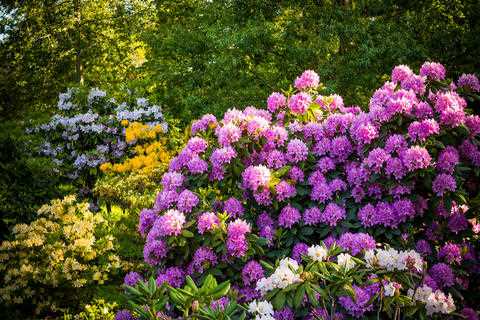
Preparing the soil before planting helps control weeds. By removing weeds and their roots before planting, you significantly reduce competition for nutrients and moisture. This gives the rhododendron a better chance to establish and grow without interference from surrounding vegetation.
5. Strong Root Establishment
The primary goal of soil preparation is to create an ideal environment for root growth. By loosening compacted soil and incorporating organic matter, you provide the rhododendron roots with a loose, friable medium to grow and spread. This encourages healthy root development and allows the plant to anchor itself securely in the ground.
By prioritizing proper soil preparation, you set the stage for the successful planting and long-term health of your rhododendrons. Taking the time to prepare the soil before planting will reward you with vigorous growth, abundant blooms, and years of enjoyment from these beautiful plants.
Understanding Rhododendron Soil Requirements
Rhododendrons are beautiful flowering plants that require specific soil conditions to thrive. Understanding these soil requirements is essential for successful rhododendron planting. Here are the key factors to consider:
1. pH Levels
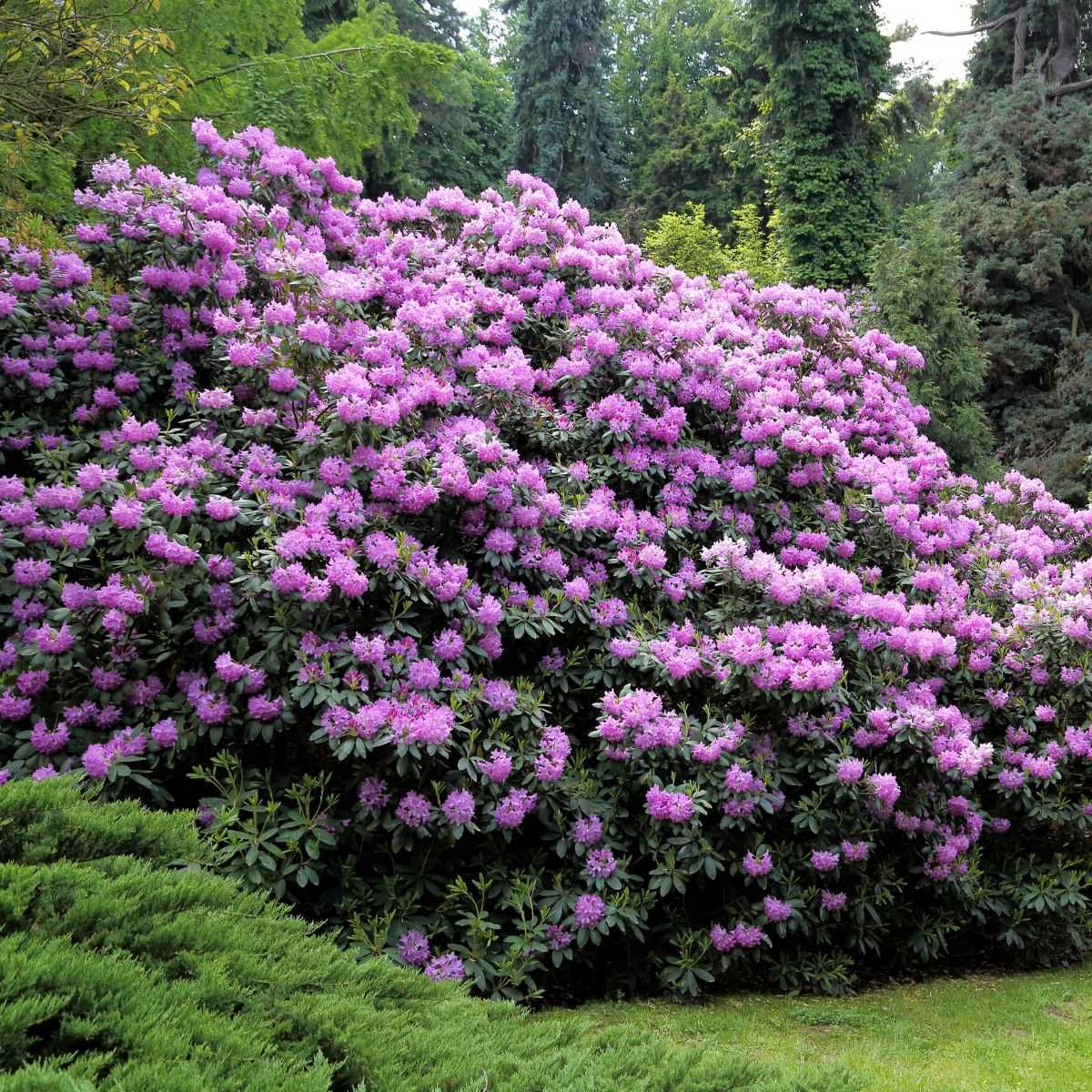
Rhododendrons prefer acidic soil with a pH level between 4.5 and 6.0. It is crucial to test the soil pH before planting to ensure it meets these requirements. If the soil is too alkaline, you can lower the pH by adding elemental sulfur or ammonium sulfate.
2. Drainage
Rhododendrons dislike poorly draining soil and are vulnerable to root rot if left in wet conditions. It is important to ensure the soil is well-draining, as excess moisture can suffocate the roots. Adding organic matter, such as compost or peat moss, can improve soil drainage.
3. Organic Matter
Rhododendrons benefit from rich, organic soil that is high in humus. Adding organic matter improves soil structure, water retention, and nutrient availability. Compost, leaf mold, and well-rotted manure are excellent sources of organic matter.
4. Nutrients
Rhododendrons require a balanced supply of essential nutrients for proper growth. The soil should be rich in nutrients like nitrogen, phosphorus, and potassium. Conducting a soil test can help determine if any nutrients are lacking and whether amendments are needed.
5. Texture
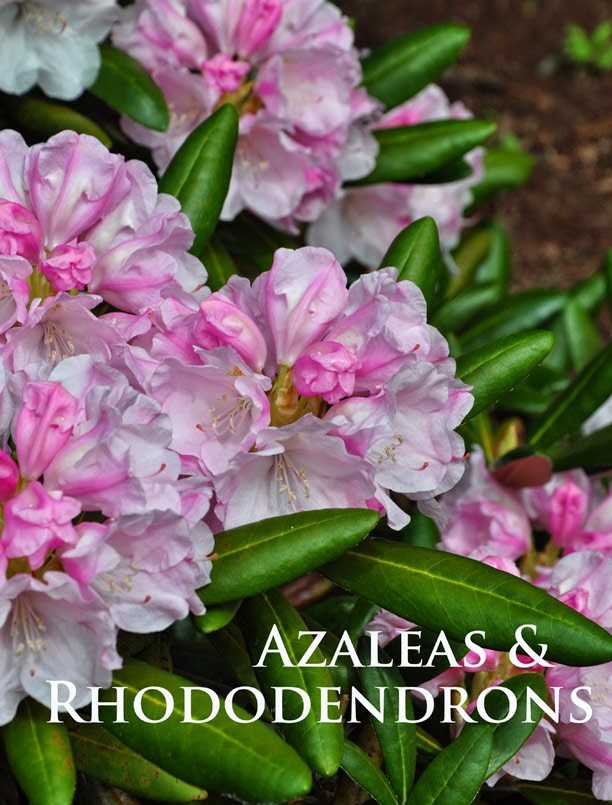
The texture of the soil is an important consideration for rhododendron planting. A loamy soil with good structure and moisture retention is ideal. Sandy or clay soils should be amended with organic matter to improve their texture and fertility.
6. Light Exposure
Rhododendrons prefer partial shade, especially in warmer regions. Planting them in locations with filtered sunlight or beneath tree canopies provides the ideal light exposure. Avoid planting them in full sun, as this can cause leaf scorch and stress to the plants.
By understanding and meeting rhododendron’s specific soil requirements, you can set your plants up for success and ensure optimal root growth. Taking the time to properly prepare the soil will result in healthier, more vibrant rhododendron plants that will thrive for years to come.
Steps for Soil Preparation
- 1. Start by selecting a suitable location for planting your rhododendron. It should be an area that receives dappled shade or partial sunlight. Avoid areas with excessive sunlight or deep shade.
- 2. Before planting, test the soil pH to ensure it falls within the acidic range of 4.5 to 6.0. Rhododendrons prefer acidic soil conditions. If the pH is too high, you may need to amend the soil with sulfur or other acidifying agents.
- 3. Clear the area of any existing vegetation, rocks, or debris. This will provide a clean surface for planting and prevent competition for nutrients and water.
- 4. Dig a hole that is twice as wide and just as deep as the root ball of your rhododendron. This will provide enough space for the roots to spread and grow.
- 5. Loosen the soil at the bottom of the hole with a garden fork or shovel. This will help promote better root penetration and drainage.
- 6. Mix organic matter, such as peat moss or compost, with the native soil. This will improve the soil structure, increase moisture retention, and enhance nutrient availability.
- 7. Backfill the hole with the amended soil, making sure to firmly tamp it down around the root ball. This will eliminate any air pockets and provide stability to the plant.
- 8. Create a saucer-shaped basin around the plant, slightly wider than the root ball. This will help collect and retain water, allowing it to slowly percolate into the soil.
- 9. Mulch the area around the plant with a layer of organic mulch, such as wood chips or pine needles. This will help conserve moisture, suppress weeds, and regulate soil temperature.
- 10. Water the rhododendron thoroughly after planting, ensuring that the soil is evenly moist. Continue to water regularly, especially during dry periods, to keep the soil consistently moist.
By following these steps for soil preparation, you can provide optimal conditions for your rhododendron’s root growth, leading to a healthier and more successful planting.
Selection of Ideal Planting Site
Choosing the right location for planting rhododendrons is crucial for their long-term health and growth. Here are some factors to consider when selecting an ideal planting site:
1. Light Requirements
Rhododendrons thrive in partially shaded areas. They prefer morning sun and afternoon shade, as direct sunlight can scorch their leaves. When choosing a planting site, consider areas with dappled shade or areas that receive filtered sunlight through trees or shrubs.
2. Soil Quality
Rhododendrons prefer well-draining soil that is rich in organic matter. They thrive in slightly acidic soil with a pH range of 4.5 to 6.0. Conduct a soil test to determine the pH level and make amendments if necessary to create the ideal conditions.
3. Water Drainage
Avoid areas with poor drainage as excessive moisture can lead to root rot and other fungal diseases. Choose a location with soil that drains well to prevent waterlogging. If the soil is heavy clay or compacted, consider improving the drainage by adding organic matter or creating raised beds.
4. Protection from Harsh Elements
Consider the exposure of the planting site to harsh weather conditions such as strong winds and frost. Rhododendrons are sensitive to cold temperatures, so choose a location that provides some protection from strong winds and frost pockets.
5. Spacing and Air Circulation
Give rhododendrons enough space to grow and allow for proper air circulation. Crowded plants are more susceptible to diseases and pests. Ensure there is enough distance between rhododendrons and other trees or shrubs to promote air movement and prevent competition for resources.
6. Landscaping Considerations
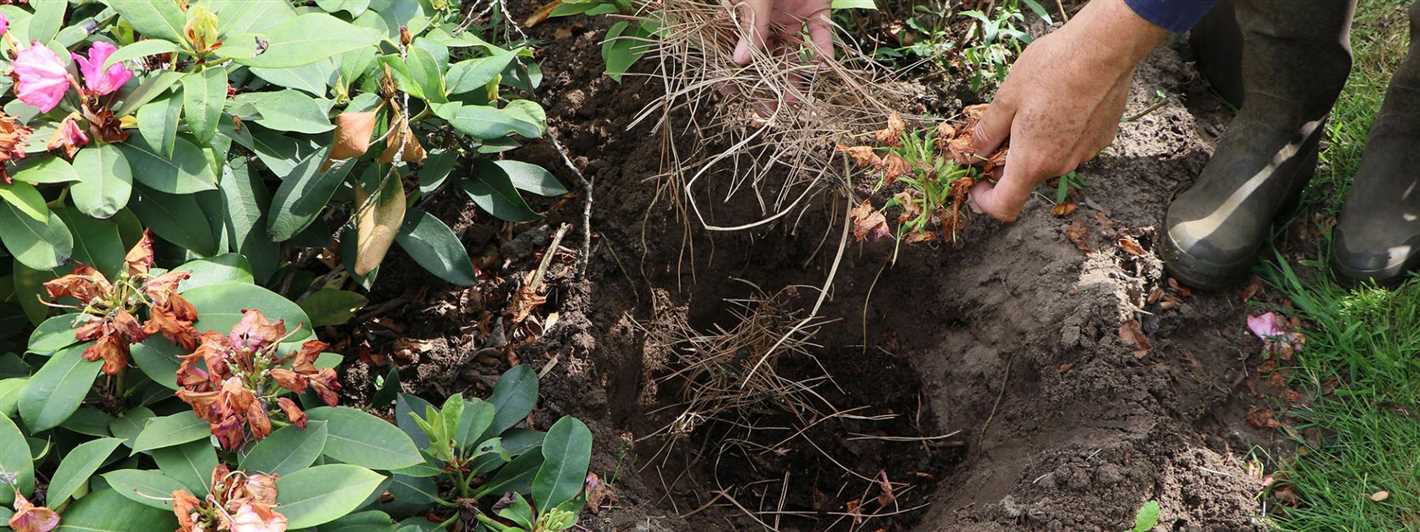
Consider the overall design of your landscape when choosing a planting site for rhododendrons. Think about how they will fit into the existing layout and complement other plants or architectural features.
By carefully selecting an ideal planting site, you can ensure the long-term success of your rhododendrons and provide them with optimal conditions for root growth and overall health.
Soil Amendment Techniques
When planting rhododendrons, the soil preparation is crucial for the optimal growth and development of the plant’s roots. This can be achieved through various soil amendment techniques, which help improve soil structure, fertility, and drainage. Here are some effective techniques to consider:
1. Organic Matter
- Compost: Adding compost to the soil helps improve its fertility, water-holding capacity, and overall nutrient content. It also enhances soil structure, allowing for better root penetration and aeration.
- Leaf Mold: Incorporating leaf mold into the soil can also improve its structure and nutrient content. Leaf mold helps retain moisture and provides essential organic matter for the plants.
2. pH Adjustment
The pH level of the soil plays a crucial role in the successful growth of rhododendrons. These plants thrive in acidic soil conditions with a pH range of 4.5-6.0. If the soil pH is too high, it can be adjusted using:
- Sulfur: Adding elemental sulfur to the soil helps lower pH levels and make it more acidic. It is important to follow the recommended application rates and guidelines for sulfur amendments.
- Peat Moss: Incorporating peat moss into the soil can also lower the pH and improve soil acidity. Peat moss has high organic matter content and helps retain moisture as well.
3. Drainage Improvement
Good drainage is essential for rhododendrons, as they are susceptible to root rot in waterlogged soil. To improve drainage, consider the following techniques:
- Raised Beds: Planting rhododendrons in raised beds can help improve drainage and prevent waterlogging. It also provides better air circulation around the root zone.
- Organic Mulch: Applying organic mulch, such as wood chips or pine needles, around the base of the plants can help regulate soil moisture and prevent excessive water accumulation.
4. Nutrient Enrichment
Ensuring adequate nutrient availability in the soil is essential for the healthy growth of rhododendrons. Consider the following techniques to enrich the soil with essential nutrients:
- Fertilizers: Applying a balanced slow-release fertilizer specifically formulated for rhododendrons can provide essential nutrients over an extended period. Follow the recommended application rates and timing for optimal results.
- Soil Testing: Conducting regular soil tests can provide valuable insights into the nutrient levels and deficiencies in the soil. This will help determine the appropriate fertilizers or soil amendments needed.
By incorporating these soil amendment techniques into the planting process, you can create an ideal environment for rhododendrons to establish strong and healthy root systems. This will ultimately lead to their overall success and longevity in your garden.
Timing and Season for Planting
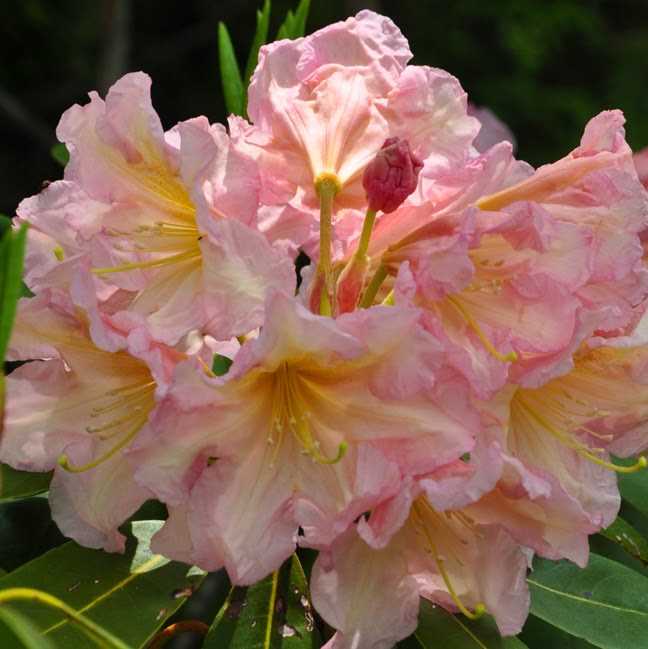
Timing and season play a crucial role in the successful planting of rhododendrons. It is important to choose the right time to ensure optimal growth and establishment of the plant.
Spring Planting
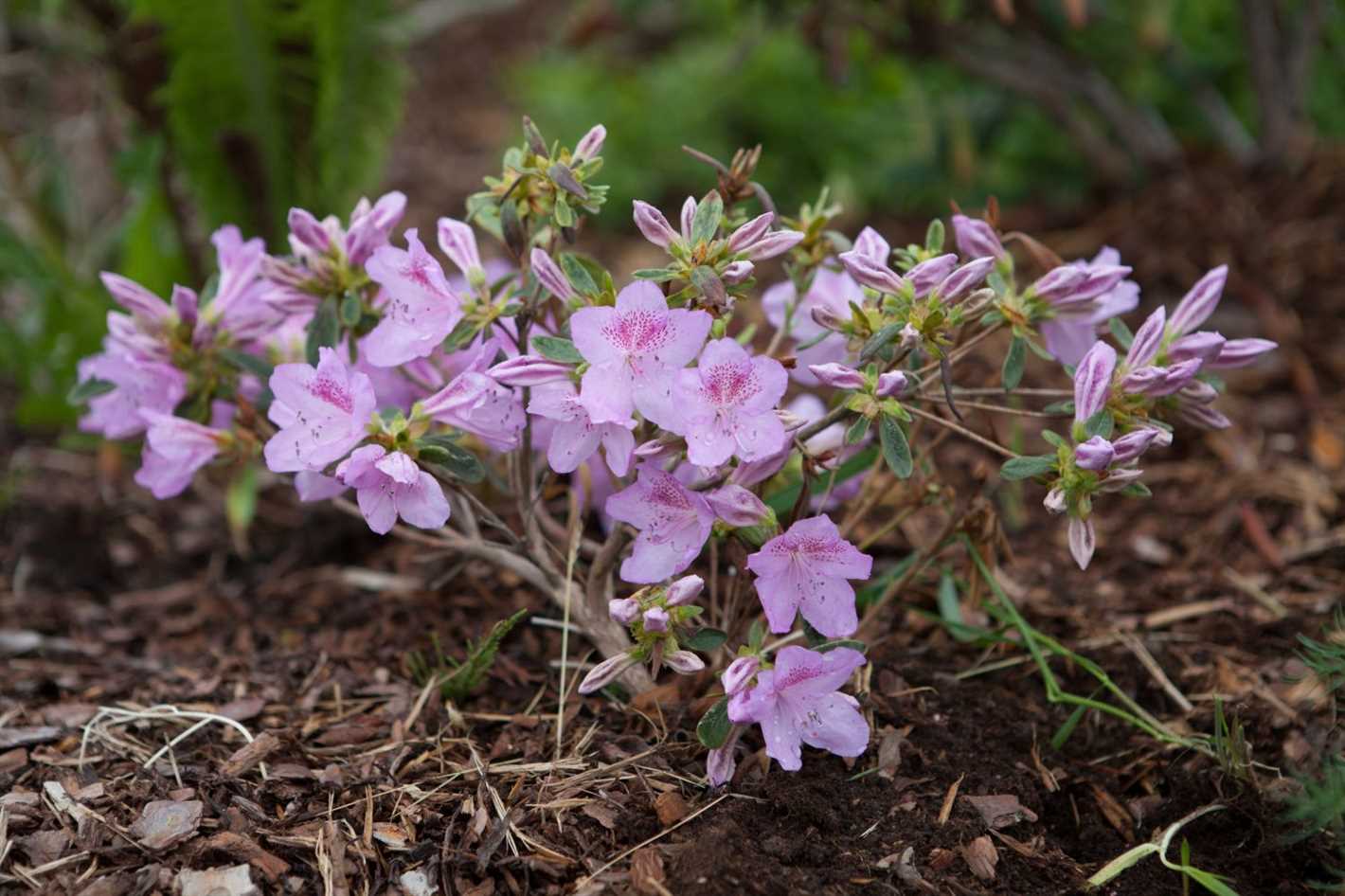
Spring is generally considered the best time for planting rhododendrons. The mild temperatures and increased rainfall create favorable conditions for root development. It is advised to plant in early spring, after the threat of frost has passed, and before the onset of hot summer weather.
Planting in spring allows the rhododendron to establish itself during the growing season, giving it ample time to develop a strong root system before winter arrives. This is especially important for young plants or those that have been recently transplanted.
Note: Rhododendrons that are planted in the spring may not bloom until the following year, as they need time to acclimate and establish themselves.
Fall Planting
Fall is another suitable season for planting rhododendrons. The cooler temperatures and increased moisture in the soil create favorable conditions for root growth.
It is recommended to plant rhododendrons in early fall, at least six weeks before the first frost. This allows the plant to establish roots before the winter dormancy period begins.
However, planting too late in the fall can be detrimental, as the plant may not have enough time to develop a strong root system before the soil freezes. It is best to avoid planting too close to the onset of winter.
Dormant Planting
In regions with mild climates, rhododendrons can also be planted during their dormancy period, which typically occurs in late fall or winter when the plant is not actively growing.
Dormant planting can be advantageous as it allows the plant to focus its energy on root development rather than on supporting foliage and flowers. However, extra care must be taken to provide adequate protection from frost and cold temperatures during the establishment period.
Note: It is important to check the specific recommendations for your region, as the ideal planting times may vary depending on climate and local conditions.
Overall, timing and season are important considerations when planting rhododendrons. By choosing the right time and providing proper care during the establishment phase, you can ensure the optimal growth and development of your rhododendron plants.
Ensuring Optimal Root Growth
Proper soil preparation is crucial for rhododendrons to establish healthy root systems. Here are some essential steps to ensure optimal root growth:
1. Site selection
Choose a location with well-draining soil and partial shade. Rhododendrons prefer slightly acidic soil with a pH between 4.5 and 6.0.
2. Soil testing
Before planting, it’s important to conduct a soil test to determine the pH and nutrient levels. This will help identify any necessary soil amendments to create the ideal conditions for rhododendron root growth.
3. Soil amendment
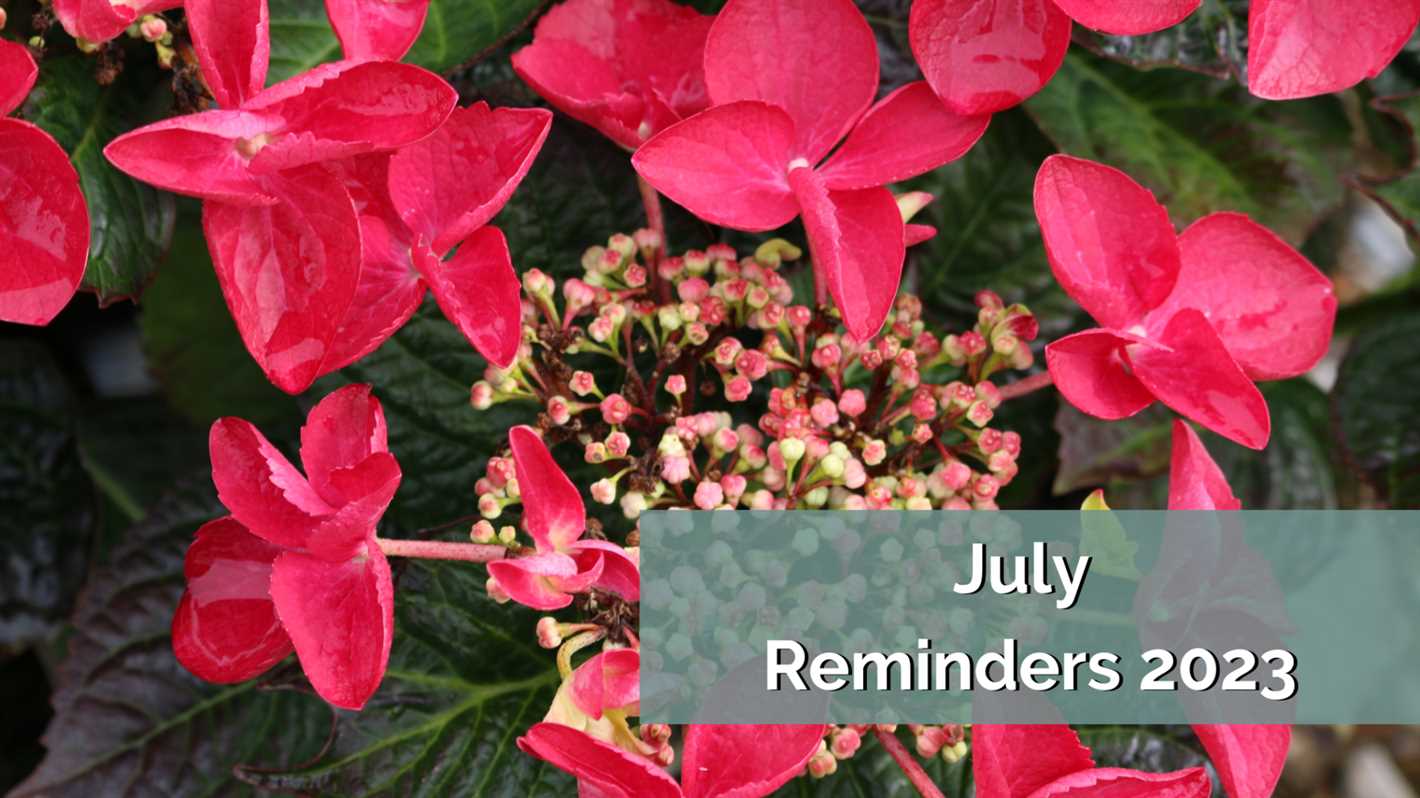
If the soil pH is too high (alkaline), it may be necessary to add sulfur or other acidifying agents to lower the pH. Additionally, organic matter such as compost, peat moss, or pine needles should be mixed into the soil to improve drainage and moisture retention.
4. Digging the hole
When digging the planting hole, make it wider than the rootball but no deeper. This will encourage the roots to spread out instead of growing in a circling pattern. Avoid compacting the soil at the bottom of the hole.
5. Planting depth
Ensure that the rootball is level with or slightly above the soil surface. Planting too deep can suffocate the roots and hinder their growth.
6. Mulching
Apply a layer of mulch around the base of the plant, but keep it away from the stem to prevent rotting. Mulch helps retain moisture, suppresses weeds, and regulates soil temperature, all of which promote healthy root development.
7. Watering
Water the newly planted rhododendron deeply and regularly, especially during dry periods. This encourages root growth and helps the plant establish in its new environment.
8. Fertilization
Provide rhododendrons with a balanced fertilizer specifically formulated for acid-loving plants. Follow the recommended application rates and timing to ensure proper nutrition for root development.
By following these steps, you can ensure optimal root growth for your rhododendrons, setting them up for long-term health and beauty in your garden.
Questions and Answers:
Why is soil preparation important for rhododendron planting?
Soil preparation is important for rhododendron planting because it ensures optimal root growth. Rhododendrons have shallow root systems that need well-drained soil with a good balance of organic matter and nutrients. Without proper soil preparation, the roots may not be able to penetrate the soil easily, leading to poor growth and development of the plant.
What kind of soil is best for rhododendron planting?
The best soil for rhododendron planting is well-drained soil that is rich in organic matter. Rhododendrons prefer slightly acidic soil with a pH level between 4.5 and 6.0. Additionally, the soil should be loose and friable, allowing the roots to spread out easily.
How should I prepare the soil for planting rhododendrons?
To prepare the soil for planting rhododendrons, start by clearing the area of any weeds or grass. Then, dig a hole that is two times wider and slightly shallower than the root ball of the plant. Mix in organic matter, such as compost or well-rotted manure, to improve the soil’s fertility and drainage. Finally, backfill the hole with the amended soil and water thoroughly.
Can I plant rhododendrons in clay soil?
Planting rhododendrons in clay soil can be challenging because clay tends to retain water and may not drain well. However, with proper soil preparation, it is possible to plant rhododendrons in clay soil. Mix in organic matter, such as compost, to improve the soil’s drainage and fertility. Additionally, consider planting the rhododendron in raised beds or mounds to further improve drainage.
When is the best time to plant rhododendrons?
The best time to plant rhododendrons is in the early spring or early fall. These seasons provide mild temperatures and adequate moisture for the plants to establish their roots. Avoid planting rhododendrons during periods of extreme heat or cold, as it can stress the plants and hinder their growth.
How deep should I plant the rhododendron?
When planting a rhododendron, it is important to plant it at the same depth as it was in the container. The top of the root ball should be level with the soil surface. Planting it too deep can suffocate the roots, while planting it too shallow can expose the roots to drying out.
Do rhododendrons need a lot of sunlight?
Rhododendrons prefer partial shade to thrive. While they can tolerate some sunlight, too much direct sunlight can harm the plant. Ideally, rhododendrons should be planted in a location that receives morning sun and afternoon shade or dappled sunlight throughout the day.







